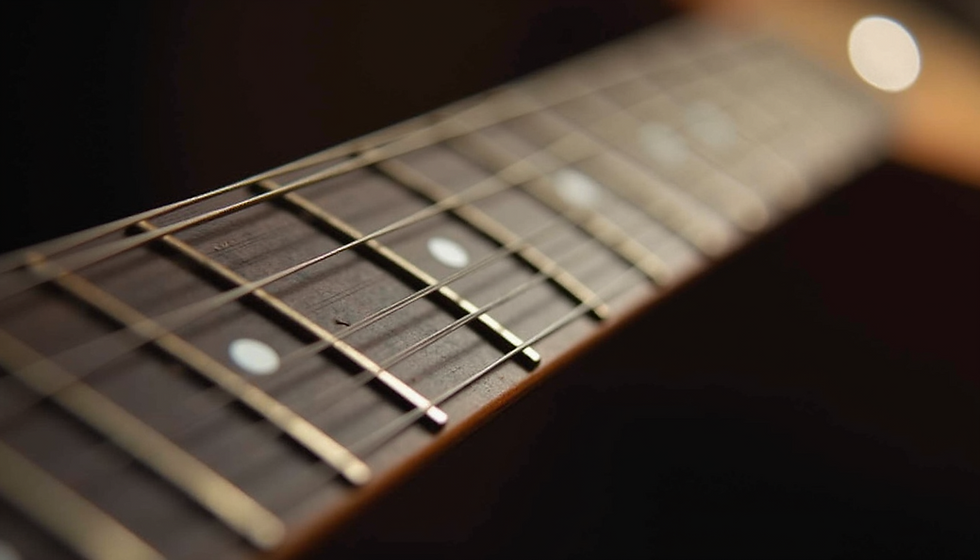Staff Notation in Music - SangeetBharti.com (Music Academy Panchkula Chandigarh Zirakpur) (Music Classes)
- Apr 27, 2024
- 3 min read
Modern music notation is used by musicians of many different genres throughout the world. The staff (or stave, in British English) consists of 5 parallel horizontal lines which acts as a framework upon which pitches are indicated by placing oval note-heads on (ie crossing) the staff lines, between the lines (ie in the spaces) or above and below the staff using small additional lines called ledger lines. Notation is read from left to right, which makes setting music for right-to-left scripts difficult. The pitch of a note is indicated by the vertical position of the note-head within the staff, and can be modified by accidentals. The duration (note length or note value) is indicated by the form of the note-head or with the addition of a note-stem plus beams or flags. A stemless hollow oval is a whole note or semibreve, a hollow rectangle or stemless hollow oval with one or two vertical lines on both sides is a double whole note or breve. A stemmed hollow oval is a half note or minim. Solid ovals always use stems, and can indicate quarter notes (crotchets) or, with added beams or flags, smaller subdivisions. Additional symbols such as dots and ties can lengthen the duration of a note.
A staff of written music generally begins with a clef, which indicates the pitch-range of the staff. The treble clef or G clef was originally a letter G and it identifies the second line up on the five line staff as the note G above middle C. The bass clef or F clef identifies the second line down as the note F below middle C. While the treble and bass clef are the most widely used, other clefs, which identify middle C, are used for some instruments, such as the alto clef (for viola and alto trombone) and the tenor clef (used for some cello, bassoon, tenor trombone, and double bass music). Some instruments use mainly one clef, such as violin and flute which use treble clef, and double bass and tuba which use bass clef. Some instruments, such as piano and pipe organ, regularly use both treble and bass clefs.
Following the clef, the key signature is a group of 0 to 7 sharp (♯) or flat (♭) signs placed on the staff to indicate the key of the piece or song by specifying that certain notes are sharp or flat throughout the piece, unless otherwise indicated with accidentals added before certain notes. When a flat (♭) sign is placed before a note, the pitch of the note is lowered by one semitone. Similarly, a sharp sign (♯) raises the pitch by one semitone. For example, a sharp on the note D would raise it to D♯ while a flat would lower it to D♭. Double sharps and double flats are less common, but they are used. A double sharp is placed before a note to make it two semitones higher, a double flat - two semitones lower. A natural sign placed before a note renders that note in its "natural" form, which means that any sharp or flat applied to that note from the key signature or an accidental, is cancelled. Sometimes a courtesy accidental is used in music where it is not technically required, to remind the musician of what pitch is required.
Following the key signature is the time signature. The time signature typically consists of two numbers, with one of the most common being 4
4. The top "4" indicates that there are four beats per measure (also called bar). The bottom "4" indicates that each of those beats are quarter notes. Measures divide the piece into groups of beats, and the time signatures specify those groupings. 4
4 is used so often that it is also called "common time", and it may be indicated with common time rather than numbers. Other frequently used time signatures are 3
4 (three beats per bar, with each beat being a quarter note); 2
4 (two beats per bar, with each beat being a quarter note); 6
8 (six beats per bar, with each beat being an eighth note) and 12
8 (twelve beats per bar, with each beat being an eighth note; in practice, the eighth notes are typically put into four groups of three eighth notes.




Comments